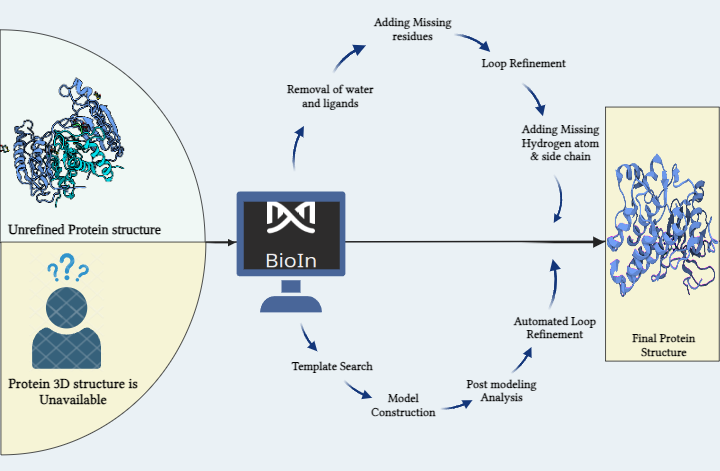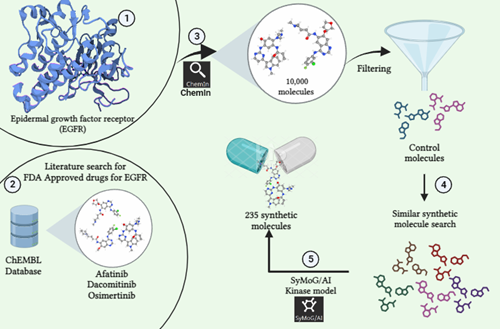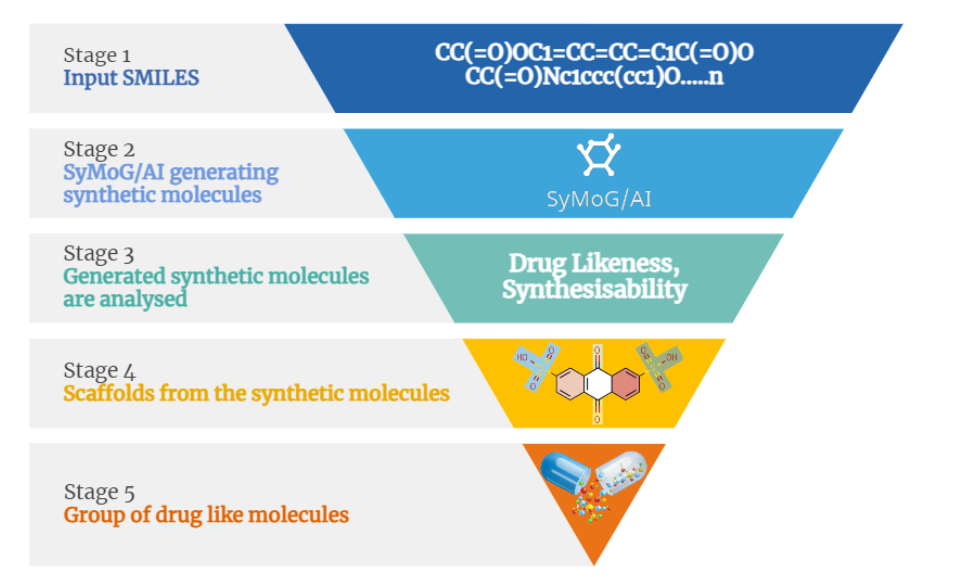Exploring Natural Products that inhibit the Target Biliverdin Reductase in Hyperbilirubinemia using PRinS3® Platform

Hyperbilirubinemia is a form of illness characterized by an increase in blood bilirubin levels as a result of a failure to efficiently metabolize or eliminate bilirubin, a byproduct of erythrocyte breakdown. It can be traced back to irregularities in normal bilirubin metabolism. An increase in the bilirubin levels might possibly be a sign of some serious underlying issue. Jaundice is a possible symptom of hyperbilirubinemia; however, in some cases, the rise of the bilirubin levels appears to be asymptomatic. Various conditions can amount to elevated bilirubin levels, Major causes behind the onset of unconjugated hyperbilirubinemia includes hemolytic anemia, impaired liver functioning due to liver disorders, or Gilbert Syndrome. In neonates, unconjugated hyperbilirubinemia occurs majorly due to an overproduction of bilirubin as a result of excessive erythrocyte breakdown, or short life-span of the erythrocytes, or low expression of the gene UGT1A1 (UDP glucuronosyltransferase 1 family, polypeptide A1) or RhD incompatibility. It affects 60 % of neonates and preterm infants.
Presently treatment options for unconjugated hyperbilirubinemia are phototherapy, exchange transfusion and in severe cases liver transplantation is the only viable course of treatment, these therapies have some limitations and complications each. Phototherapy is the primary choice of treatment in the case of neonates which is quite time-consuming and it is reported that over the course of time the efficacy of phototherapy decreases. Exchange transfusion can be considered as a course of treatment when phototherapy becomes ineffective. Liver transplantation is extremely unsafe and tedious due to a long waiting list, lifelong dependence on immunosuppressants along with a risk of complications and mortality. Targeted drug therapy for hyperbilirubinemia is not yet developed, therefore it is extremely important to discover potential drug molecules that would be an effective curative therapy. The majority of hyperbilirubinemia therapeutic options aim for bilirubin elimination rather than inhibition of bilirubin synthesis. In this study, we aim to inhibit the synthesis of bilirubin by targeting the enzymatic activity of the protein, human Biliverdin Reductase A (PDB id : 2H63). This is an oxidoreductase enzyme involved in the heme degradation pathway which facilitates the conversion of biliverdin to bilirubin. By inhibiting BVRA’s activity it could possibly help decrease the serum UCB levels. In this study, we seek to identify natural products which would not only be effective in lowering the serum UCB levels but also prove to be safe and non-toxic for the treatment of adults as well as neonatal hyperbilirubinemia.
In this study, we have performed a virtual screening of a large dataset of naturally occurring small molecules dataset against the protein human Biliverdin Reductase A and reduced the dataset from 3993 compounds to the top five best suited compounds having potency to serve as an inhibitor. Firstly, the target protein was refined using the tool BioIn from PRinS3 software. For the virtual screening, we used the X-HTVS application, biological information regarding the active residues (Arg172, Arg225 and Tyr98) is taken into account for performing docking simulations. Docking is followed by the analysis of the generated output data in the form of docking energy, docking score as well as hydrogen bonds formed for each compound. As a result of this analysis 5 compounds having the most favorable docking energies and scores along with a higher number of hydrogen bonds are selected for further screening. Following docking studies, molecular dynamics simulations were performed using the application X-ESS for the selected compounds. Using MD simulations, average RMSD plots along with a number of hydrogen bonds plots and total energy plots are obtained, using these virtual screening strategies we have obtained two small molecules (Echinocystic acid and tuberostemonine) to serve as a potent drug candidate in the treatment of hyperbilirubinemia. Tuberostemonine, a natural substance sourced from Stemona tuberosa, Stemona sessilifolia, and other organisms as well that can be used to treat asthma, has better drug-like binding abilities than the available medications, according to a study. Natural sources of echinocystic acid include Cucurbita foetidissima, Eclipta alba, and other species. It is a promising option for treating ischemic stroke in upcoming clinical studies due to its safety and lack of toxicity. These compounds are reported to be safe and non-toxic naturally occurring compounds; therefore utilizing them for the treatment of hyperbilirubinemia (for both adults and neonates) would prove to be safe and effective.
Authors: Sakshi Singh





